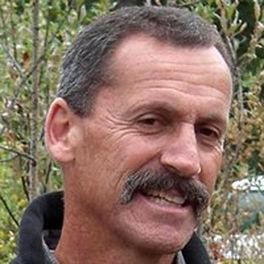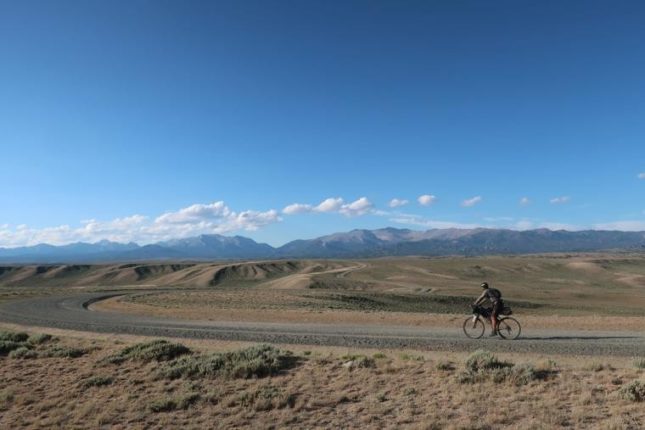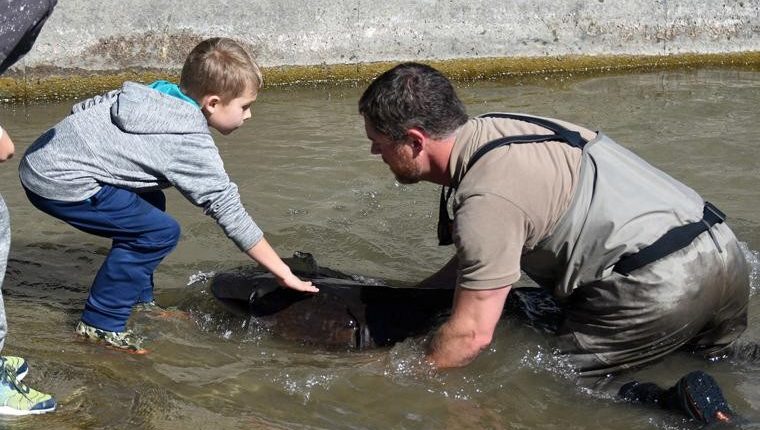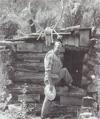One thing that impresses the new Harriman State Park manager is that people are passionate about the park.
“That has been the biggest surprise, just the passion that people have for the park,” said park manager Mark Eliot who started in May. “It means so much to so many people from such a wide geographic area. I’ve never seen anything like that. People are willing to do what they can.”
Eliot took over for John Sullivan, who left about a year ago. Eliot is new to the state park system, coming from the Idaho Department of Lands where he worked in fire prevention.
This is his first winter at Harriman, and he’s learning that the park just south of Island Park is just as busy under a blanket of snow as it is during summer.
“I’m still learning grooming schedules and winter access and different usage,” Eliot said, “the process of what we can do to make the park a more enjoyable experience for visitors.”
Interpretive park ranger Morgan Smith reported that the park attracted more than 400 people last Saturday during its free access day.
“Our winter is just as busy as summer,” Morgan said. “We’ve got good winter trails and grooming, so it brings in a whole bunch of people. It’s been really steady here, especially over the winter break. I think we get more locals here in the winter than in the summer.”
Eliot said he rode a fat bike for the first time during the Saturday free access day.
“One of the Nordic ski patrol lent me their fat bike,” he said. “That was the first time I’d ever been on one. That was a lot of work.”
Eliot said during the summer he spent a good deal of time hiking and mountain biking some Harriman’s 24 miles of trails to become familiar with the park. This winter he’s been cross-country skiing the trails in his spare time.
Eliot is considering organizing an advisory committee to take input and make recommendations on issues such as grooming trails for different uses and separating skate skiers from fat bikers.
“We’re not going to be able to make everybody happy,” he said. “But we’ll do our best.”
The park’s three main winter user groups will come together Feb. 1 for the fourth annual Moose on the Loose winter triathlon. The race involves 6 miles of fat biking, 1.5 miles of snowshoeing and 6 miles of cross-country skiing. For more information on Moose on the Loose, go to trithemoose.com.
Another busy park feature during the winter and summer months is its rentals. The park rents out for overnight use several buildings and yurts. Some of the larger log-cabin-style buildings will sleep up to 38 people. Yurts and smaller buildings generally sleep six. Reservations are generally filled months in advance.
The historic buildings in the Railroad Ranch area were once owned by Edward H. Harriman, the chairman of Union Pacific Railroad.
“(Buildings) are booked pretty much throughout the winter,” Smith said. “Our slowest seasons are April and November. In winter and summer, they’re booked out all the time.”
For information on facilities and reservations, go to parksandrecreation.idaho.gov/parks/harriman.
Daily entrance fee into the park is $5 per car. There is also a per person grooming fee of $5 for people accessing trails.
“I’m pretty content here, so I’d sure like to stay as long as they have me,” Eliot said.










